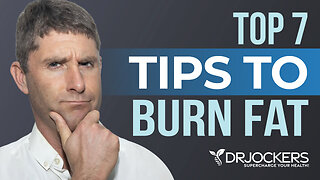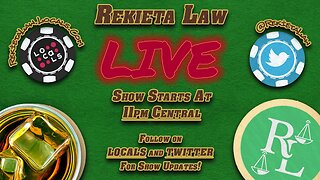Evidence-Based Weight Loss: Live Presentation
Guarantee Diet Success With This Four Phase Approach.
It is difficult to make changes to the way we eat, especially given that most of what we do is based on habit patterns or by what we've seen our parents or relatives do our whole lives. It is also difficult to make large changes all at once in any area of our lives and food is no exception. Let's face it, reading the information presented in any diet and applying it can be overwhelming and discouraging. To ensure the success of any diet, it is best to divide the diet into four separate phases. This helps us to understand the changes we are making and allows them to be cumulative and manageable.
First we must recognize that most reputable diets are actually nutrition programs in disguise. The creators of these diets hope that the changes in eating habits are made as a long term lifestyle change as compared to the short term fad diets. The information is presented in different ways but usually involves some compelling evidence that suggests certain foods should be eaten while other foods are to be avoided. They usually sprinkle in some success stories and motivational quotes to keep the reader interested.
Second, it is important to eliminate rationalizing exceptions to any diet program to make sure that we maximize the benefits that these changes bring and resist slipping back into old habits. Once we have analyzed the benefits and risks of the different programs and selected one, it is important that we give it a sincere attempt.
The first phase is referred to as the "Elimination Phase." This is the most significant phase. The elimination of some foods allows for the fastest start to healthy weight loss. After reading or viewing the diet program, we list out the foods, food additives or cooking methods which should be avoided. This list is the anchor of our diet. Before attempting any of the other recommendations it is important that we follow this list for at least a week. Once we are comfortable with the changes, we move on to the next phase.
The second phase is referred to as the "Inclusion Phase." During this phase we continue to avoid the foods, additives and cooking methods from our list in phase one and begin to add in the foods which should be included in our diet. These foods usually replace their unnecessary contenders. For instance, including brown rice in a meal takes noodles or white rice off of the menu. As we learn the essentials of our diet, we are able to create our own weekly meal plan. Once we are comfortable adding these in, we are ready to move on to the next phase.
MORE INFORMATION>>https://sites.google.com/view/how-to-lose-weight-safely13/home
The third phase is called the "Action Phase." During this phase we should begin to notice some positive changes. Weight loss should be measurable by this point. Now that some of the weight has started to come off an exercise plan has a greater chance of success. While there is no universal exercise program that fits everyone, it is important that we make an effort to increase our activity level. The diet program may suggest walking, jogging or biking. Some programs involve exercise routines written or demonstrated on video tape. This is the phase to get these started.CLICK HERE>>https://sites.google.com/view/how-to-lose-weight-safely13/home
The final phase is called the "Acceleration Phase." In this phase it is important that we review the diet program to ensure that all the recommended changes have been made and then add in the odd changes that haven't quite fit in yet. This phase might include such concepts as buying "organic" foods versus conventional, drinking filtered water or adding vitamins and supplements.
We have the best guarantee of weight loss success taking the extra effort to use the "Elimination, Inclusion, Action and Acceleration Phases" with our diet.
CLICK HERE TO READ MORE>>https://sites.google.com/view/how-to-lose-weight-safely13/home
-
 40:35
40:35
The Nutrition Scientist
3 years agoWeight loss! Live Health seminar
21 -
 3:22
3:22
Tactical Advisor
22 hours agoThe Future Of Scopes X4 FCS Maztech - NRA 2024
20.4K5 -
 11:16
11:16
DrJockers
1 day agoTop 7 Tips to Balance Blood Sugar and Burn Fat
13.6K1 -
 14:16
14:16
JoBlo Horror Originals
1 day agoWhat Happened To M. Night Shyamalan's Signs?
29.3K26 -
 33:47
33:47
Science & Futurism with Isaac Arthur
1 day ago $0.01 earnedKugelblitz Black Holes
44.1K14 -
 1:01:51
1:01:51
Crime Circus
1 day agoThe Gas Station KlLLER - Interrogation of lNSANE Man - A REAL SCARY STORY
42K18 -
 2:56
2:56
Michael Heaver
22 hours agoFrance Rejects NUCLEAR EU Proposal
45.2K19 -
1:13
OfficialJadenWilliams
19 hours agoRestaurant Mishap
44.4K6 -
 25:06
25:06
ScammerRevolts
17 hours agoScammer BEGS Me For His Info As I Troll Him!
23.8K7 -
 4:04:04
4:04:04
Rekieta Law
12 hours agoThe Results of My Appeal Are In! I Wonder How It Went?!
50K40